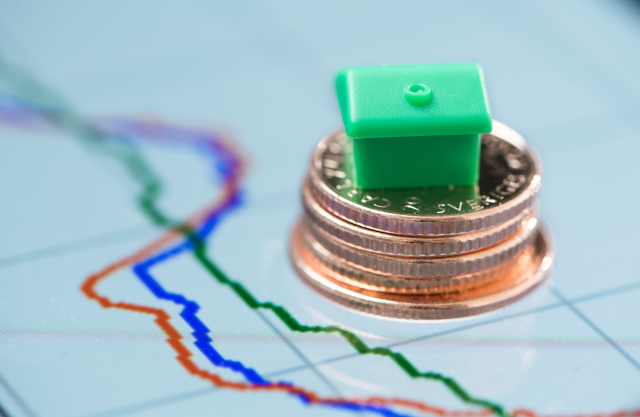This article was written for Members of The Local. Read more Membership exclusives here.
“Growth in Sweden is expected to be bleak in autumn 2019, and it cannot be ruled out that we will be seeing negative GDP figures for one or several quarters. Employment is falling and unemployment is rising. Resource utilization will be lower than normal, which (the report defines as) a recession,” warns Nordic banking giant Nordea in a new report on the Swedish regional economy.
The Swedish national economy is expected to grow 1.3 percent between 2019 and 2020, which is a significant slowdown compared to previous years and follows an overall global downturn.
“Brexit and increased geopolitical tensions are putting a wet blanket on global development,” states the report, also singling out the ongoing trade conflict between the US and China as a risk factor.
And there are three areas of Sweden were things are looking especially bleak.
FOR MEMBERS:
The region of Småland and islands Gotland/Öland, northern-mid Sweden (which includes the Gävleborg and Dalarna regions) and northern Sweden are predicted to be hit the hardest in terms of their gross regional product (GRP), the market value of final goods and services produced in the region.
Småland's economy is expected to shrink by -0.2 percent this year, followed by -0.4 percent next year, while northern Sweden is set to see a downturn of -0.3 percent this year and -0.2 percent next year.
Northern-mid Sweden's GRP is expected to fall -0.1 percent this year and -0.2 percent next year.
Northern Sweden – or Norrland as the vast and diverse region is usually referred to in Swedish – is with its major raw materials industry sensitive to global market movements and is often seen as the canary in the coalmine for the rest of the Swedish economy, with national downturns often starting there.
Employment in Norrland has fallen by four percent since mid-2018, notes Nordea.
“Norrland reacts first, which indicates further deterioration during the autumn in the rest of the country. Meanwhile, the domestic economy has been stomping in the same spot for over a year,” said Susanne Spector, senior analyst at Nordea, in a statement presenting the report.
However, investment in Sweden's booming tech sector such as new data centres and the battery factory Northvolt in Skellefteå, which is expected to create hundreds of jobs for the region, creates a small light on the horizon, states the report. Tourism is also boosted by the weak Swedish krona.

The Northvolt battery factor is being built in Skellefteå. Photo: Henrik Montgomery/TT
Businesses in both Norrland and northern-mid Sweden are crying out for more employees, states Nordea, with the lack of skilled workers described as a major obstacle to growth in the latter region.
In Småland, comparatively high unemployment is a concern, with Kronoberg county recording the highest unemployment rate in the whole of Sweden in the second quarter of 2019 at 9.3 percent.
However, Gotland and Jönköping counties had among the lowest unemployment rates in Sweden in the same period. And the construction industry keeps growing with a lot of optimism for the future.
READ ALSO: 10 things Sweden should do to make life better for international talent
The report also highlights eastern-mid Sweden (which includes the Södermanland, Uppsala, Östergötland, Västmanland and Örebro regions) as a region performing comparatively well with falling unemployment. However, it notes that the region traditionally takes longer than the rest of Sweden to react to economic fluctuations, and predicts that it will eventually follow the others' slowdown.
Finally, it is worth noting that the report also predicts that a slight upturn in the economy in 2021 will stabilize the situation both for Sweden as a whole and for the worst-affected regions.
Read the full report (in Swedish) here.



 Please whitelist us to continue reading.
Please whitelist us to continue reading.
Member comments